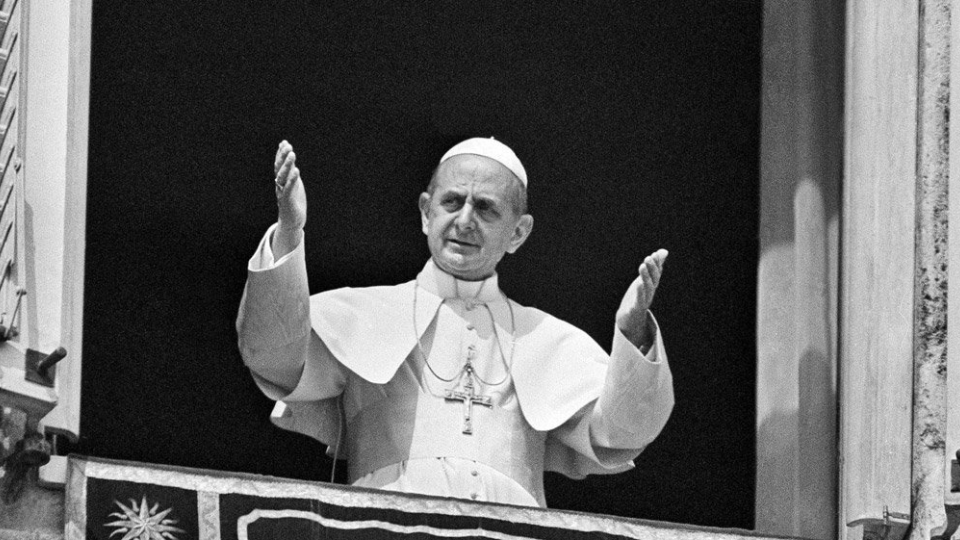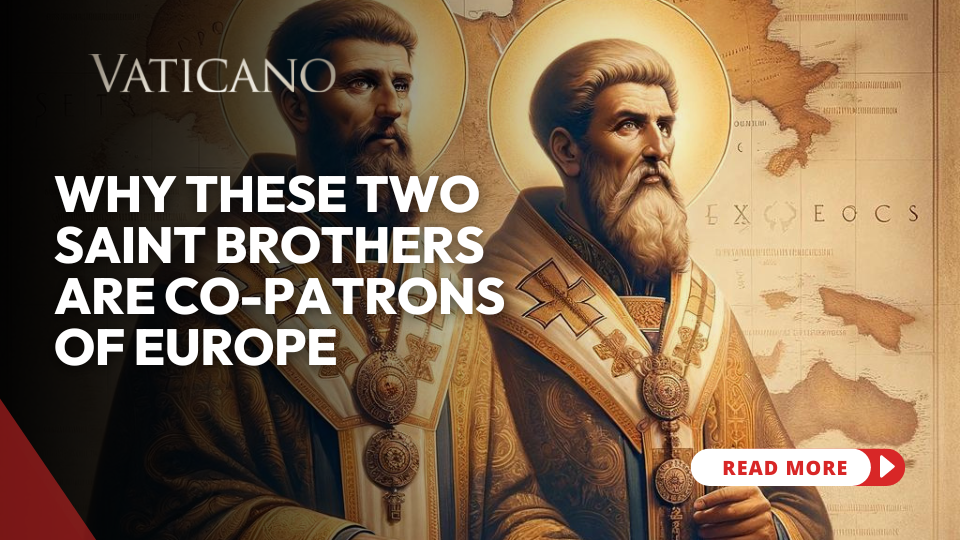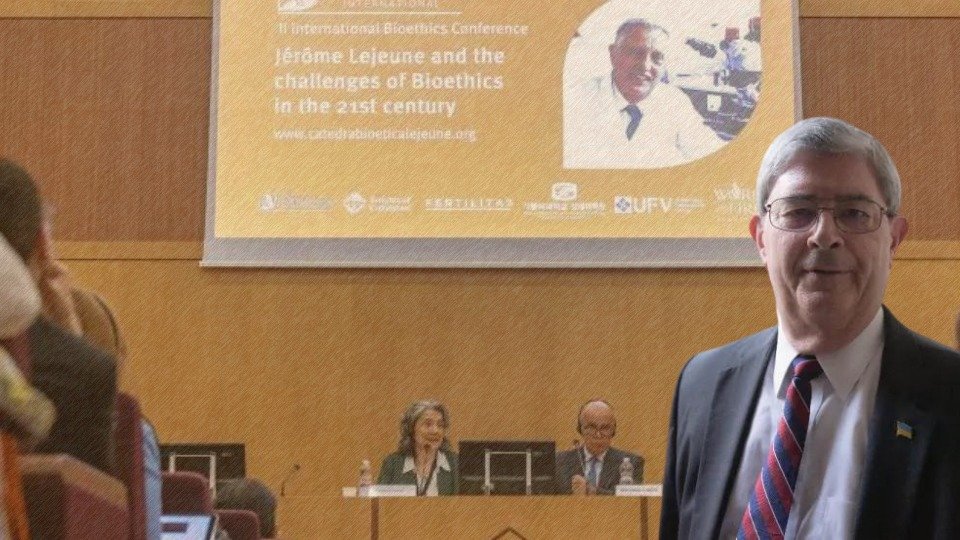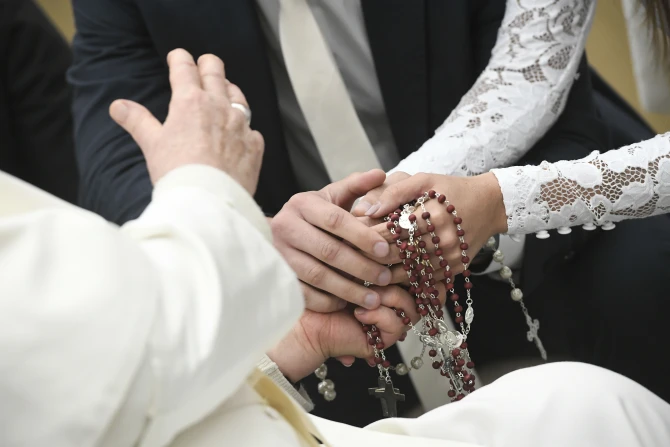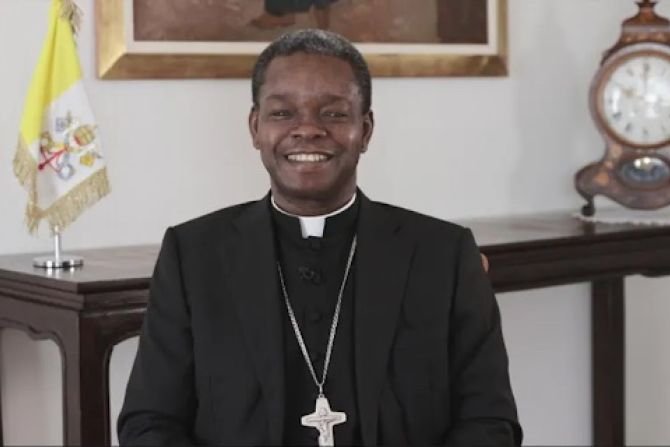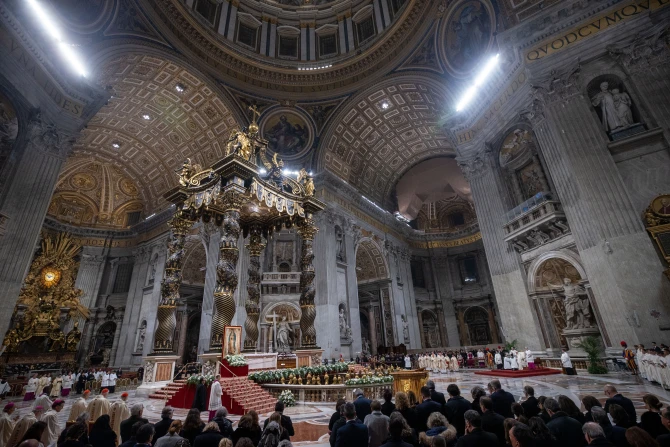In December 1965, just before the conclusion of the Second Vatican Council, Pope Paul VI had a momentous idea. He decided to establish the Synod of Bishops, a body that would carry forward the conciliar experience. On September 15, 1965, Paul VI signed the apostolic letter in the form of a motu proprio titled “Apostolica Sollicitudo,” which provided for the establishment of the Synod of Bishops.
“The apostolic solicitude,” wrote the Pope, “leads us to strengthen with closer bonds our union with the Bishops, whom the Holy Spirit has established to govern the Church of God.”
“The Ecumenical Council,” he continued, “has also prompted us to conceive the idea of establishing a special permanent council of sacred pastors so that, even after the Council, the Christian people may continue to benefit from the abundant blessings that arose from our close union with the Bishops during the Council.”
“After mature consideration of all things,” specified the Pope, “out of our esteem and respect for all Catholic Bishops and to allow them to participate more visibly and effectively in our solicitude for the universal Church, we, of our own initiative and with our apostolic authority, erect and establish in this beloved City a permanent council of Bishops for the universal Church. It is directly and immediately subject to our power, and we call it by the name ‘Synod of Bishops.’ This Synod, which, like any human institution, may be further perfected over time, is governed by the following general norms.”
The Synod of Bishops, as emphasized by Paul VI, “is established in such a way that it becomes a central ecclesiastical institution, representing the entire Catholic Episcopate. It is perpetually constituted and, in terms of its structure, carries out its tasks in a temporary and occasional manner. By its nature, the Synod of Bishops has the task of providing information and advice. It may also enjoy deliberative power when granted by the Roman Pontiff, who in such cases has the authority to ratify the decisions of the Synod.”
According to Paul VI, the Synod had the purpose of “promoting close union and collaboration between the Supreme Pontiff and the Bishops from all over the world, providing direct and accurate information about problems and situations concerning the internal life of the Church and the action it must undertake in the present world, and facilitating agreement on opinions, at least on essential points of doctrine and the way of acting in the life of the Church.”
The Synod is “directly and immediately subject to the authority of the Roman Pontiff, who shall also have the power to 1. Convoke the Synod whenever he deems it opportune and determine the place of meetings; 2. Approve the election of members; 3. Define the subjects to be discussed; 4. Establish the agenda; and 5. Preside over the Synod in person or through others.”
To date, 15 Ordinary General Assemblies, 3 Extraordinary General Assemblies, and 11 Special Assemblies have been held.

